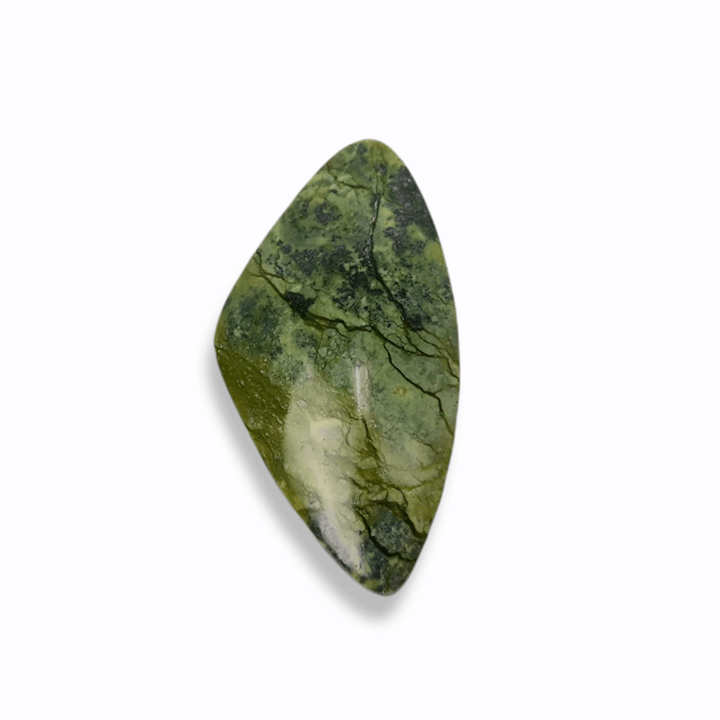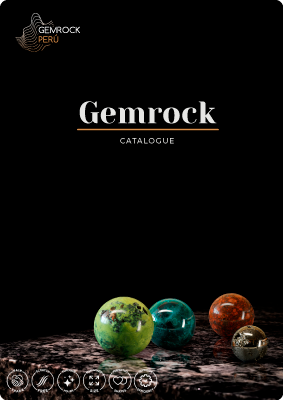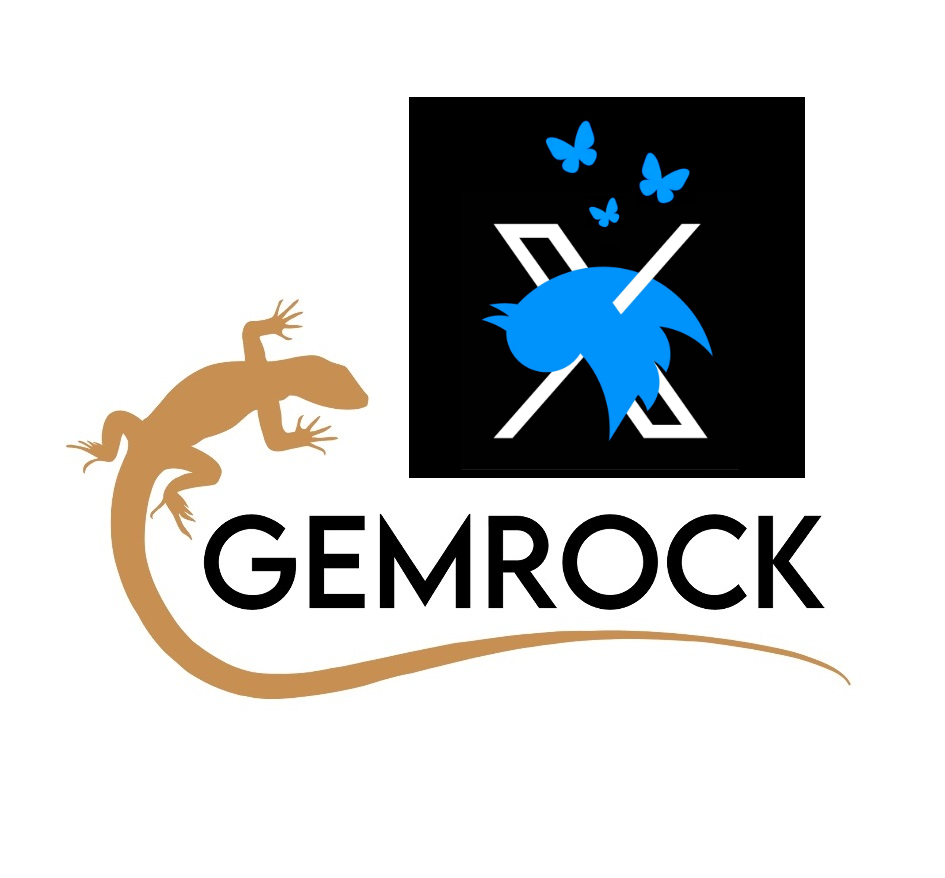Serpentinite
Gemstone Quality Standard

About Serpentinite
Serpentinite is a metamorphic rock composed of a group of minerals characterized by its coloration in different shades of green. The name originates from the similarity of the rock’s texture with a snake’s skin.
The ancient ethnic people used this stone as a substitute for jade for making earrings and necklaces. The serpentine stone was believed to have the ability to ward off evil spirits and protect from bad energies and the evil eye.


Rarity
Serpentinite is a frequent stone worldwide with many chemical and color variations. We don’t know how big the natural reserve of Serpentinite is in Peru.
Availability
Serpentinite is readily available. We are selling it as rough rock, preselected jewelry-grade slabs, carved and polished decor products, animal carvings, cabochons and as part of our jewelry
You can buy our finished top-quality cabochons for jewelry makers.
National and international shipping from our US-based warehouse.



Color
Serpentinite comes in a huge variety of shades of green from very yellowish tones of green to very dark greens. Peruvian Serpentinite often contains small amounts of Pyrite.
Jewelry-grade material consists of darker tones of green and pieces that show a mix of different shades of green with high contrast in order to provide a more interesting pattern. The more yellowish uniformly colored part of Peruvian Serpentinite is discarded because it does not polish well.



Polishable
The material with darker shades of green can be polished to glass-finish. The yellowish and more uniform colored part of Peruvian Serpentinite does not qualify for jewelry given the lack of contrast and pattern. It also does not polish well




Cutting Quality
Challenges:
Serpentinite is a very soft material. Cutting it requires the application of very little pressure against the shaping and polishing wheels. Cutting small cabs from this soft material becomes more difficult the smaller the required cab is. Inexperienced cutters will most likely deform the cab.
Advantages:
Angelite does not tend to break or chip. Experienced cutters therefore can obtain very sharp unchipped edges between the backside and bezel as well as between the bezel and dome.
Top-cutting-quality is characterized by:
- a polished backside
- a sharp unchipped edge between the backside and the bezel
- a very straight and even highly polished bezel
- a sharp unchipped edge between the bezel and the dome
- a well-shaped dome, not showing any deformation
- Top-quality polish



Pricing
Adequate pricing must take into account the cost factors to obtain top-quality cabochons:
- Acquisition of top-grade Serpentinite with strong color in the mine.
- Selection of jewelry-grade material that polishes well discarding more than 75 percent of the rough rock as unsuitable for jewelry.
- A usual material loss of approximately 90 % of the selected material during the cutting and shaping process.
- The level of experience required by a cutter to produce a flawlessly shaped and highly polished cabochon from such a soft material.
You can buy our finished top-quality cabochons for jewelry makers.
National and international shipping from our US-based warehouse.
- Market research
- Our Jewelry Grade (A)
- Our Top-Quality Jewelry Grade (AA)
- Our Premium Jewelry Grade (AAA)
The data in this sheet has been compiled by reviewing a great number of websites and sales platforms.
In comparison, Serpentinite is less used for jewelry than other types of stones. When searching for Serpentinite cabochons a great variety of Serpentinite cabs from many different countries appear. Only a few of those cabochons are made from Peruvian Serpentinite.
Material quality:
We can find all kinds of material qualities being used for cabochons without any objective grading being applied.
Cutting quality:
The vast majority of “cabochons” on offer show a low cutting quality. Very frequently cabochons are cut with rounded corners (similar to a palmstone) which do not show any bezel.
Pricing
The average retail pricing for Peruvian Serpentinite cabochons is 0.24 USD per carat (with a range from 0.23 USD per carat to 0.25 USD per carat).
Jewelry Grade Material:
Darker green shades with a lot of contrast and crispy patterns. Light green uniformly colored material is not used because it does not polish well.
Cutting Quality:
- Straight bezel (minor irregularities possible), 3 mm high
- Perfect dome (3-5 mm high)
- Edges between bezel and dome, as well as bezel and backside: sharp and crispy, minor chips on lower edge possible
- Backside flat at 280 grit, unpolished
Pricing:
Recommended Retail Price (A): 0.25 USD per carat
Jewelry Grade Material:
Darker green shades with a lot of contrast and crispy patterns. Light green uniformly colored material is not used because it does not polish well.
Cutting Quality:
- Straight bezel, 3 mm high
- Flat and perfect dome (3 mm high)
- Edges between bezel and dome, as well as bezel and backside: sharp and crispy, minor chips on lower edge possible but very rare.
- Backside flat, at 280 grit
Additional Quality (AA+): Backside polished to 3000 grit
Pricing:
Recommended Retail Price (AA): 0.50 USD per carat
AA+: 0.59 USD/c
Jewelry Grade Material:
Darker green shades with a lot of contrast and crispy patterns. Light green uniformly colored material is not used because it does not polish well.
Cutting Quality:
- Only cut by our best master cutters
- Straight bezel, 3 mm high
- Flat and perfect dome (1-3 mm high)
- The edges between the bezel and dome, as well as the bezel and backside, are sharp and crispy, with no chips on the lower edge.
Additional Quality (AAA+): Backside polished to 3000 grit
Pricing:
Recommended Retail Price (AAA): 0.75 USD per carat
AAA+: 0.85 USD/c


For Charms & Pendants
Ethical Silver Accessories
for Jewelry Makers
Hundreds of charms, pendants & chains
in
950 Silver, Sterling Silver, tarnish-resistant Moonlight Sterling Silver, gold-plated silver and gold.
Guaranteed Free of toxic alloys.
How to avoid fake & toxic silver:

For Chains
Top-quality Serpentinite Jewelry
As of 2025 Gemrock in cooperation with our associated gold- and silversmith Herdel SAC offers you a huge variety of top-quality crystal jewelry in gold and silver.
Apart from our designs, we offer personalized custom jewelry production for everyone (shops and retail clients). Contact us:
Shop your crystals & jewelry NOW
NATURA MINERA
Achetez vos cristaux Gemrock, produits en cristal et bijoux à Québec
GEMROCK CANADA
Online retail shop of ethical, top-quality crystal specimens, jewelry, and jewelry-maker accessories like cabochons, silver chains, silver wire, and charms. Exports to USA.
Gemrock Peru - Tienda
Venta de cristales naturales, piedras talladas y joyería de Gemrock en Peru a nivel nacional.
Cutting services
Do you need reliable high-quality cutting services for a reasonable price? Are you looking for a service provider that is willing to develop new products according to your requirements? Would you like to get expert advice in order to improve your product? Do you wish for someone to optimize the process and get the most out of your rough? Just talk to us.
Free Gemrock Learning Resources
Free Gemrock Learning Resources
Connect wherever you want and can
Connect wherever you want and can
Get in Touch
+51 994104206
gemrockinternational@gmail.com

















